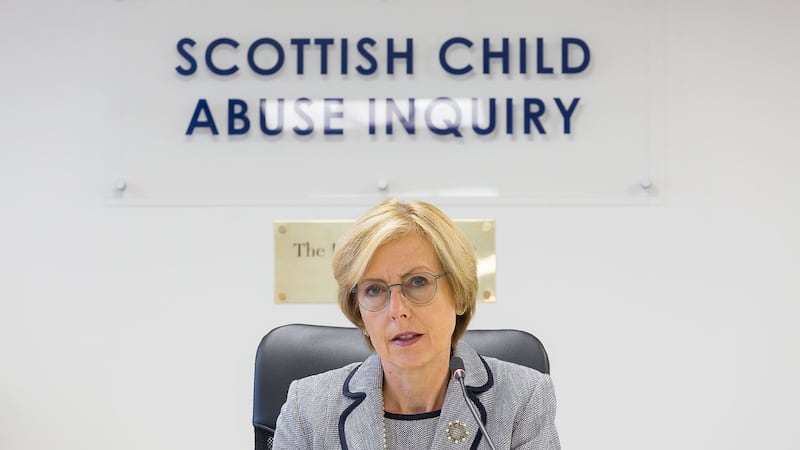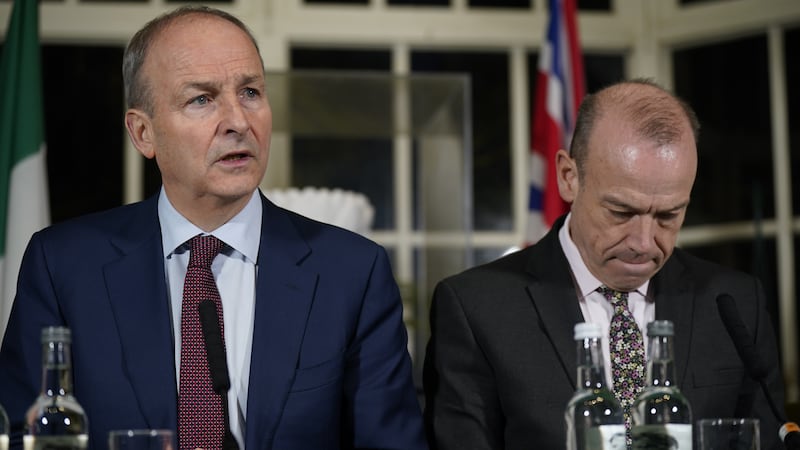The Scottish Child Abuse Inquiry was initially hampered by an unwillingness to acknowledge structural abuse, it has been told.
Professor Kenneth Norrie, an expert in law from Strathclyde University, wrote a report which was used as evidence in the inquiry to examine legal regulations and how they have changed.
The inquiry will now focus on “the abuse of children in residential accommodation for young offenders and young persons in need of care and protection”.
Prof Norrie’s report said that in the 1930s, children were institutionalised to create “productive citizens”, before “light touch” regulation was introduced in the 1950s for voluntary organisations which provided residential care.
Modern concepts such as safeguarding and banning “leading questions” were introduced in the 1990s, followed by a move towards specialist care in the 2000s, and greater regulation from 2011 with the introduction of the Care Inspectorate.
James Peoples KC, senior counsel to the inquiry, said campaigners calling for the inquiry to be set up, prior to when it was established in 2015, were met with resistance to acknowledging how widespread abuse was in care settings.
The inquiry has previously heard about child abuse in settings including religious orders and private schools.
In 1932, the Children and Young Persons (Scotland) Act was designed to “physically protect” children by removing them from homes where they experienced poverty, criminality or “immorality”, the inquiry heard on Wednesday.
Prof Norrie said: “The reason you are removing children from situations of dire poverty, criminality or immorality, is to make them productive citizens.
“You achieve that by training them for jobs, like domestic work for girls, irrespective of if it suited that child or not.
“In the 1930s they needed physical protection and to be set up for being productive citizens.
“It is really what is best for the state, rather than what is best for the child.”
He said that in 1948, “structural reform” was brought in, which required local authorities to help children to “develop character and abilities”.
In 1968, the Social Work (Scotland) Act was brought in after a report called for a “varied range of establishments for children in need of residential care or training”, and warned most children would return to their communities.
Arrangements in the 20th century included “approved schools”, which were abolished in the 1980s, “remand homes”, and foster care, known as “boarding out” which was intended to provide a familial setting.
Attitudes such as the use of corporal punishment were widely varied between establishments, the inquiry heard.
Concepts such as safeguarding, abuse of power, and listening to children were only brought in during the 1990s and 2000s.
The Talk to Us phone line remains open for anyone who needs to get in touch with the Inquiry. You can contact the Witness Support Team on 0800 0929 300 from 10am – 4pm Monday to Friday, or by email at talktous@childabuseinquiry.scot #GetInTouch #StayConnected pic.twitter.com/gSLuD8U6zb
— Scottish CA Inquiry (@ScottishCAI) September 20, 2023
Contemporary regulations mean every looked after child has a care plan and there is a recognition that children removed from their families are more vulnerable than those who remain in difficult homes.
Prof Norrie said: “Being away from home makes them more vulnerable.
“I’ve no doubt that before 1995 there were public instances of children being abused and harmed while being accommodated in institutions. People assumed this was a bad apple and didn’t tend to focus on structural protections.
“We’ve come to recognise that you need structural protections. That we need to have systems in place that we are weeding out bad apples before they get anywhere near children who are vulnerable.”
Mr Peoples said during the campaign for an inquiry, which began hearing evidence six years ago, “the initial reaction was to tend to head it off and to say we don’t seem to have much evidence there was a big problem.”
Prof Norrie said: “In the past, instances became public when there were criminal charges but most instances of abuse were hidden. Children weren’t listened to and were deemed to be volatile.
“A lot of children didn’t have the capacity to speak out, they didn’t feel able.”
In the 1990s, a culture shift meant children were listened to for the first time, he told the inquiry.
He said: “One of the major recommendations was listen to the children. They might not be telling things which are completely factually accurate but they are telling their truth.”
Mr Peoples said: “We are moving in the right direction but we may not be there yet.”








